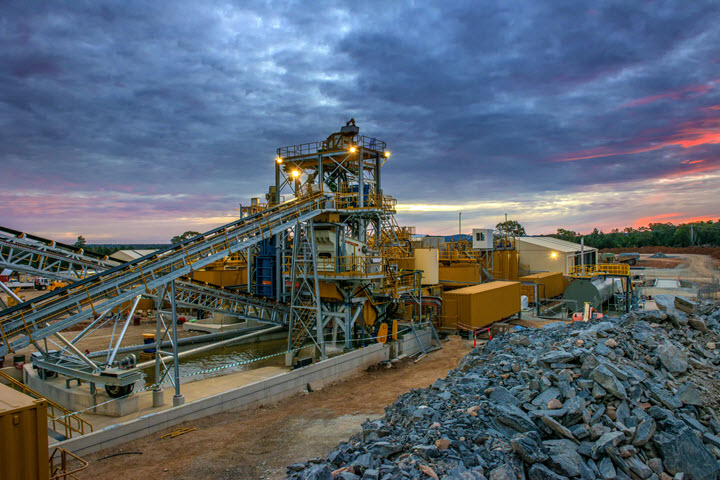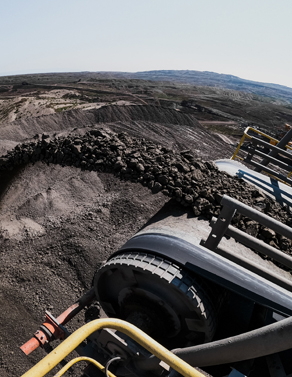Overview
Exploration Searching for gold is a complex, scientific and time-intensive process. With odds of only one in 3,000 discoveries leading to mine development, and only 10 percent of the world’s gold deposits containing enough gold to mine, exploration can be wearisome and expensive. While gold is found throughout the world at concentrations of between two and four parts per billion, we need to discover areas that contain 2,000 to 3,000 parts per billion to be profitable.
So how do our exploration teams locate future large-scale projects?
The first step is prospecting. But with veins of gold typically spanning just a few feet in width, and curving along the Earth’s geography, it is extremely difficult to pinpoint an area of exploration among thousands of square miles of land.
Obviously, it makes sense to start in areas known to contain gold, but there are nearly 900 such locations in the world to choose from. Ideally, it is best to start looking in areas less explored first, but we also seek exploration partners and/or acquire junior mining companies to expedite the process.
Mirael Gold Fields uses several methods to reduce the size of land to explore:
- Evaluate the land’s geology
- Analyze the geochemistry of soil sediment and water
- Commission airborne geophysics surveys to record the level of electrical and magnetic current in the crust below
Once a target area has been identified, and geological, geophysical and geochemical data indicate a high probability of a deposit, drilling is conducted. Drilling helps us evaluate the type and grade of minerals in the ore.
But how many samples are needed? In what direction? How far apart? How deep? Because per-foot drilling costs are expensive, these decisions must be made carefully. Another way we sample is through trenching, which hugs the surface and is carried out by backhoes or bulldozers.
As crews drill, they mark the exact location and depth of each sample taken. Samples are then sent to an accredited lab, which identifies the type of minerals and grade of gold within them.
Once information is back from the lab, we supplement those findings with geologic, geochemical and geophysical data. Understanding the local geology is a very important part of the process, both economically and environmentally. The geology affects mining, processing and the ways in which we manage waste rock, tailings and water. It is also an important aspect of rehabilitation plans.



